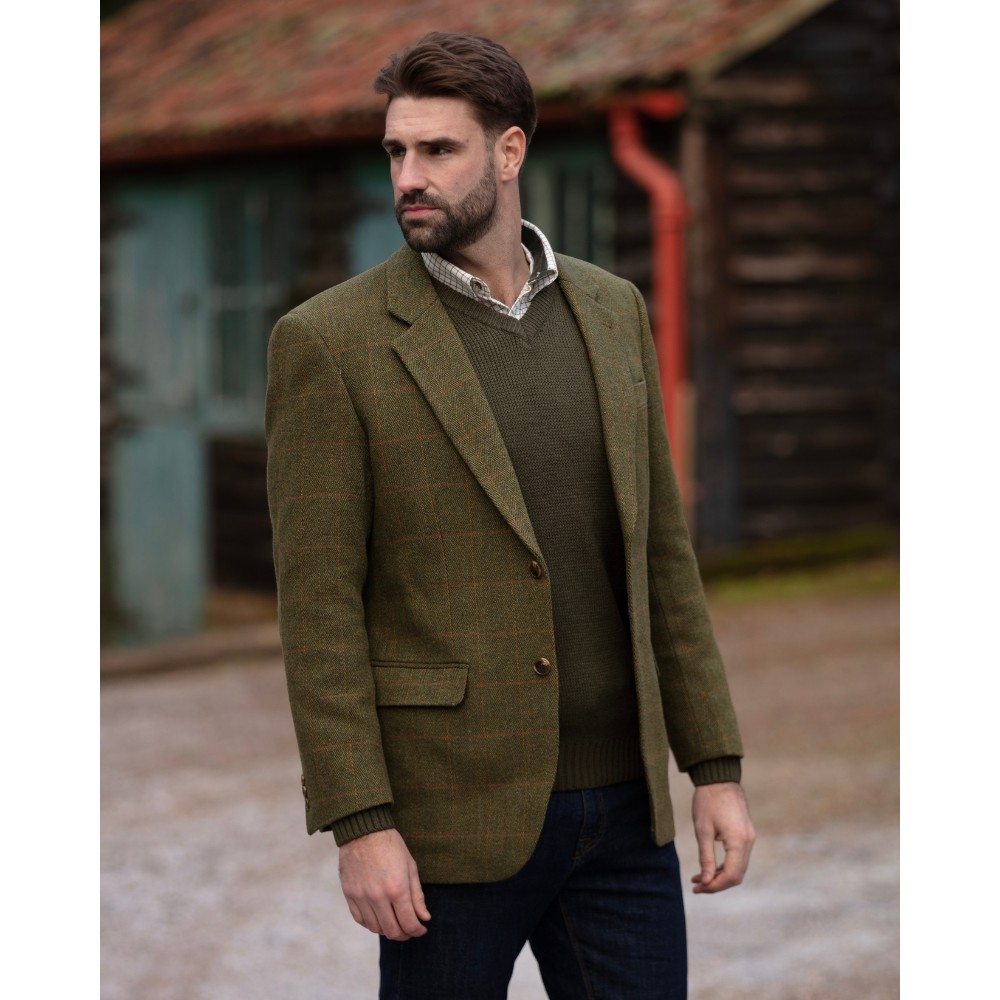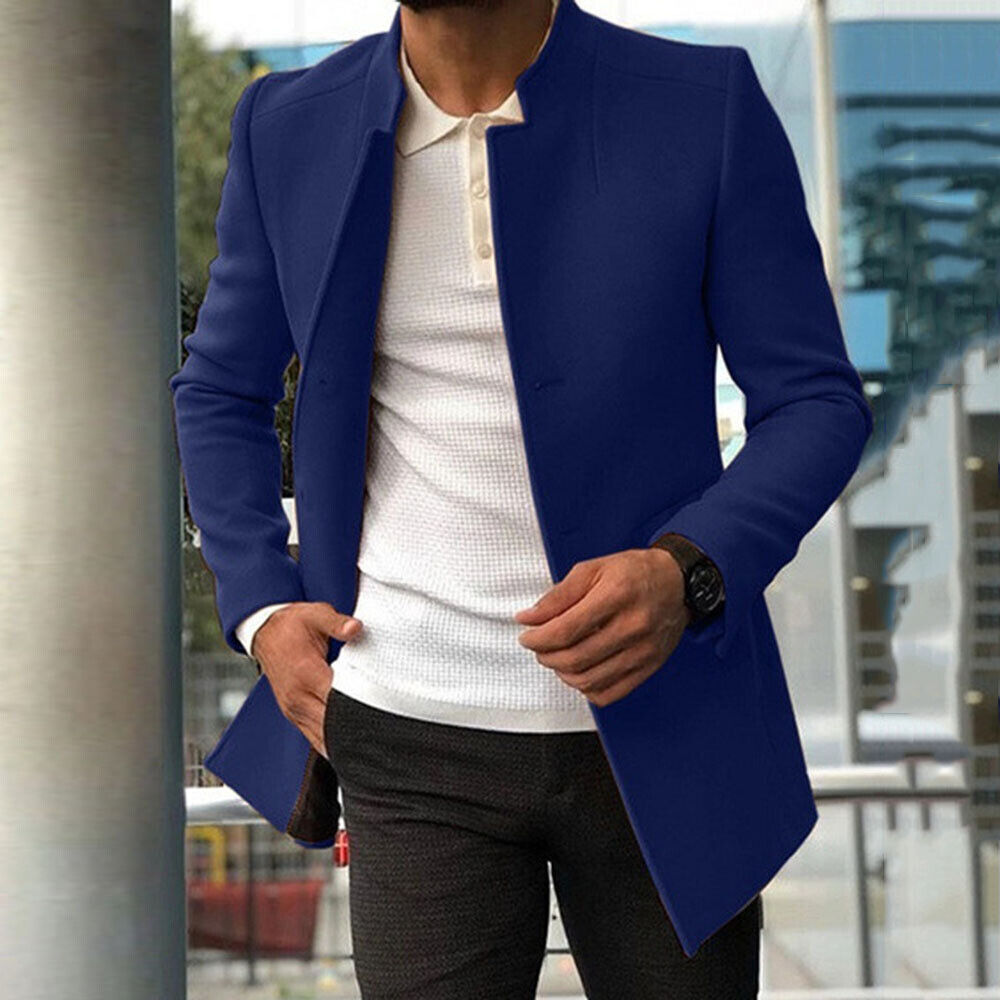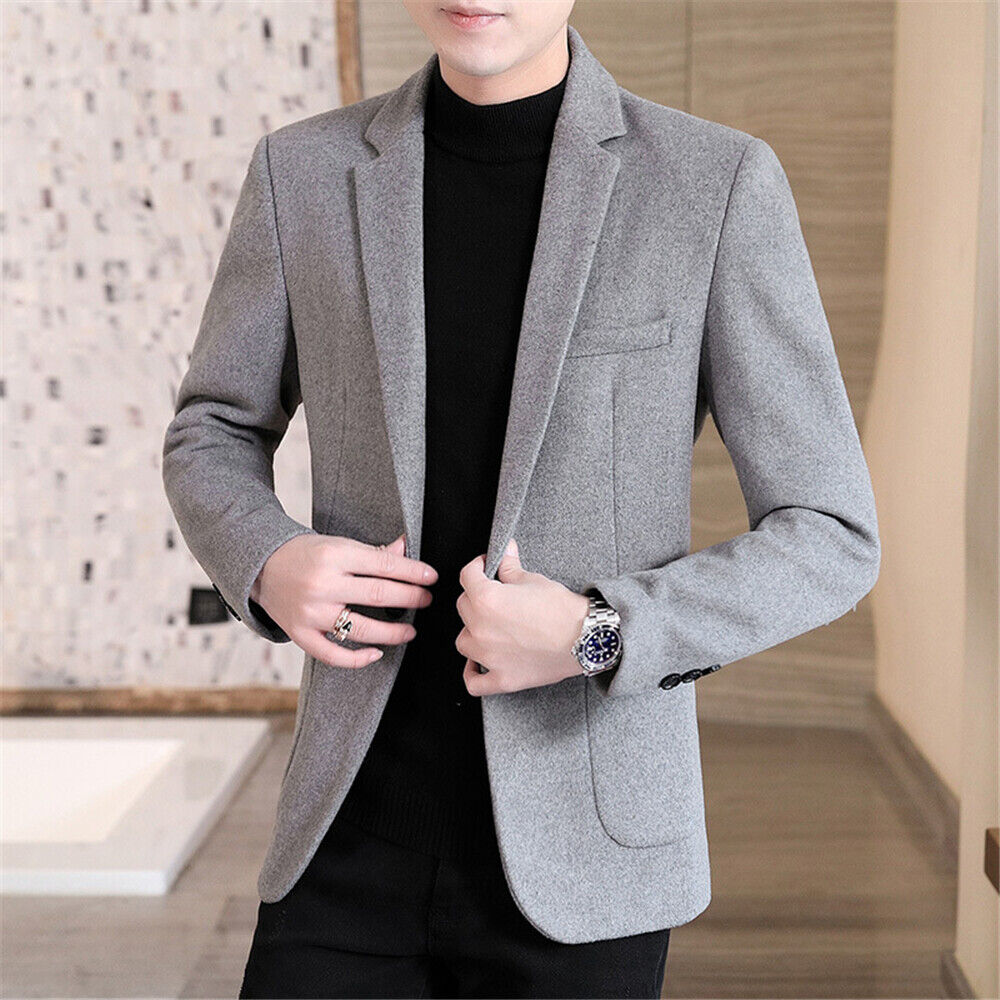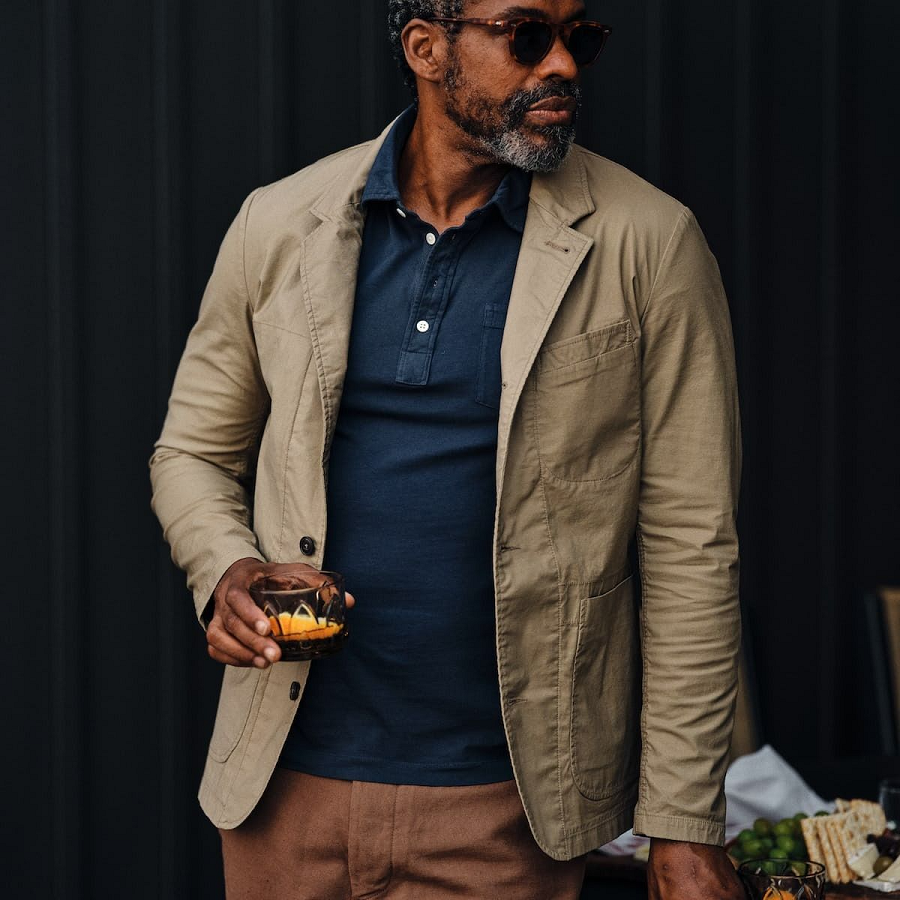Introduction to Blazer Jackets
Blazer jackets are a timeless staple in both men’s and women’s wardrobes. These versatile pieces of clothing bridge the gap between formal and casual wear. Whether worn to the office, paired with jeans for a smart-casual look, or sported at formal events, a well-fitted blazer can elevate any outfit. The blazer jacket’s adaptability, style, and elegance make it a must-have for everyone.
The history of the blazer jacket is just as intriguing as its current versatility. Initially, it served as part of the rowing club uniforms in the 19th century. Over time, it became a symbol of sophistication and style. Nowadays, blazers come in various fabrics, cuts, and styles to cater to diverse tastes and occasions. They are no longer confined to a single look or function.
This comprehensive guide will explore the history, types, materials, and benefits of owning a blazer jacket. We will also provide styling tips and recommendations to help you choose the perfect blazer for your wardrobe.

History of Blazer Jackets
Understanding the history of blazer jackets gives us a deeper appreciation of this iconic garment. The story of the blazer is filled with fascinating transformations, reflecting societal changes and evolving fashion trends.
Early Origins
The origins of the blazer jacket date back to the early 19th century in England. The specific origin is a matter of debate. However, many attribute the blazer’s inception to the Lady Margaret Boat Club of St. John’s College, Cambridge, around 1825. The club members wore bright, “blazing” red jackets while rowing, earning the name “blazer.”
Around the same time, the British Royal Navy also played a significant role in popularizing the blazer. The HMS Blazer’s crew wore tailored, double-breasted, navy-blue jackets with brass buttons to impress Queen Victoria during her visit. These jackets differed from the traditional naval uniforms and laid the foundation for what blazers would become.
Evolution into Formal Wear
By the mid-20th century, the blazer jacket had transitioned from a sporting uniform to a piece of formal attire. The 1950s and 60s saw the blazer gain popularity among Ivy League students in the United States, who wore it as part of their collegiate attire. This period solidified the blazer’s place in the world of preppy fashion.
During the 1970s and 80s, designers began experimenting with blazer styles, introducing different fabrics, colors, and cuts. The blazer became a symbol of power dressing for women entering the corporate world. It was no longer just a men’s garment; it became a unisex piece of clothing that exuded confidence and sophistication.
The Modern Blazer
Today, the blazer jacket is more versatile than ever. It comes in single-breasted and double-breasted styles, with varying lapel sizes and cuts. Designers continue to innovate, incorporating unique fabrics and patterns, allowing the blazer to adapt to contemporary fashion trends. Its versatility makes it suitable for numerous occasions, from business meetings to casual outings.
Types of Blazer Jackets
Blazers come in various styles and cuts, making it essential to understand the differences to choose the right one for your needs. The type of blazer you select depends on the occasion, your body type, and personal style preferences.
Single-Breasted Blazers
Single-breasted blazers are the most common and versatile type. They feature a single row of buttons down the front and are ideal for both formal and casual settings. These blazers usually have two or three buttons, although a single-button closure is also popular for a more contemporary look.
Single-breasted blazers offer a clean and straightforward appearance. They work well with dress shirts, ties, and trousers for formal events. They can also be paired with jeans or chinos for a smart-casual look. This type of blazer is suitable for all body types and is a staple in any wardrobe.
Double-Breasted Blazers
Double-breasted blazers have a more structured and formal look. They feature two parallel rows of buttons, with overlapping front flaps. This style exudes elegance and is often associated with traditional and formal settings. Wearing a double-breasted blazer can make a strong fashion statement.
These blazers typically look best when buttoned up, maintaining their distinctive style and structure. They are ideal for business meetings, formal occasions, and events where a more polished appearance is required. Double-breasted blazers suit taller individuals and provide a flattering silhouette by enhancing the chest and shoulders.
Casual Blazers
Casual blazers are designed for a more relaxed and laid-back look. They are often made from lighter fabrics such as cotton, linen, or blends. These blazers may feature unstructured or partially lined designs to maintain comfort and breathability.
Casual blazers are perfect for informal settings, social gatherings, and casual Fridays at the office. They pair well with T-shirts, polo shirts, and even lightweight sweaters. The variety of colors and patterns available in casual blazers allows for creative and stylish combinations.
Sport Coats
Sport coats are a subset of blazers with a more rugged and casual appearance. They were initially designed for outdoor activities, such as hunting or horseback riding. Sport coats are typically made from heavier fabrics like tweed, corduroy, or wool and often feature distinctive patterns such as checks or herringbone.
Sport coats are versatile and can be dressed up or down depending on the occasion. They work well with dress shirts and chinos for a polished look or with jeans and casual shirts for a more relaxed outfit. The additional pockets and detailing on sport coats add functionality and style.
Dinner Jackets
Dinner jackets, also known as tuxedo jackets, are the most formal type of blazer. They are typically worn for black-tie events and feature satin or grosgrain lapels. Dinner jackets are usually single-breasted with a one-button closure and may come in classic black, white, or other muted colors.
This type of blazer is designed to be worn with a dress shirt, bow tie, and formal trousers. Dinner jackets exude sophistication and are a must-have for special occasions such as weddings, galas, and formal dinners. Investing in a well-fitted dinner jacket ensures you’ll always be prepared for high-profile events.
Materials and Fabrics of Blazer Jackets
The material of a blazer jacket plays a crucial role in its comfort, appearance, and suitability for different occasions. Various fabrics offer unique properties, making them ideal for specific settings and climates.
Wool
Wool is one of the most common materials used for blazer jackets. It is highly regarded for its durability, warmth, and versatility. Wool blazers are suitable for both formal and casual settings and can be worn throughout the year, although they are especially favored in colder months.
Wool has natural moisture-wicking properties, making it comfortable to wear in various climates. It is also available in different weights and textures, allowing designers to create a range of styles, from lightweight summer blazers to heavier winter jackets. Wool blazers are a timeless and reliable choice for any wardrobe.
Blends
Blends combine different materials to create fabrics that offer the best of both worlds. Common blends include wool-cotton, wool-linen, and wool-silk. These blends can enhance the properties of each material, providing a balance of warmth, breathability, and comfort.
Blended fabrics are often used to create versatile blazers that can transition seamlessly between seasons and occasions. They offer a stylish and practical option for those seeking a balance between formality and comfort. Blended blazers can be a valuable addition to any wardrobe, offering flexibility and style.
Benefits of Owning a Blazer Jacket
Investing in a high-quality blazer jacket offers numerous benefits. These versatile garments can enhance your wardrobe, elevate your style, and provide a range of practical advantages.
Versatility
One of the most significant benefits of owning a blazer jacket is its versatility. A well-fitted blazer can be going to dress up or down to suit a variety of occasions. Pair it with dress pants and a tie for a formal event, or wear it with jeans and a casual shirt for a smart-casual look. The ability to adapt to different settings makes the blazer an essential piece in any wardrobe.
Blazers come in various styles, colors, and patterns, allowing for endless combinations and creative outfit choices. Whether you need to dress for a business meeting, a social gathering, or a casual day out, a blazer can provide the perfect finishing touch.
Professional Appearance
Wearing a blazer instantly enhances your professional appearance. A well-fitted blazer exudes confidence and sophistication, making it an ideal choice for job interviews, business meetings, and networking events. The structured design and tailored fit of a blazer create a polished and put-together look, leaving a lasting impression.
In many industries, a blazer is going to consider a staple of professional attire. It demonstrates attention to detail and a commitment to presenting oneself with confidence and authority. Investing in a high-quality blazer can elevate your professional image and open doors to new opportunities.
Comfort and Fit
Modern blazers are going to design with comfort in mind. Advanced tailoring techniques and high-quality fabrics ensure a comfortable fit that allows for ease of movement. Adjustable features such as vents, padded shoulders, and tailored sleeves contribute to a blazer’s overall comfort and wearability.
A well-fitted blazer provides a flattering silhouette, enhancing your body’s natural shape. Proper tailoring ensures that the blazer sits comfortably on your shoulders, chest, and waist, avoiding any tightness or discomfort. The right fit can boost your confidence and make you feel at ease in any setting.
Seasonal Adaptability
Blazer jackets are suitable for various seasons, thanks to the range of available fabrics and styles. Lightweight and breathable options like cotton and linen are ideal for spring and summer, while heavier materials like wool and tweed provide warmth and comfort in autumn and winter.
The versatility of a blazer allows you to transition smoothly between seasons without needing to overhaul your wardrobe. Investing in a few blazers made from different materials can ensure that you are going to prepar for any weather, providing a stylish and adaptable solution for year-round dressing.
Timeless Style
Blazers are a classic and timeless garment that never goes out of style. Their enduring appeal lies in their ability to transcend fashion trends and remain relevant through the years. Investing in a high-quality blazer ensures that you have a versatile and stylish garment that will continue to serve you well.
The timeless nature of blazers means that they can be going to pass down through generations, retaining their charm and sophistication. A well-made blazer is an investment in your wardrobe that will provide enduring style and versatility for years to come.
Styling Tips for Blazer Jackets
Styling a blazer jacket can elevate your overall appearance and create a polished and sophisticated look. Here are some styling tips to help you make the most of your blazer:
Choosing the Right Fit
The fit of a blazer is crucial for achieving a polished look. Ensure that the blazer fits well across your shoulders, chest, and waist. The sleeves should end just above your wrist, allowing a slight glimpse of your shirt cuff. A tailored fit enhances your body’s natural shape and provides a flattering silhouette.
When trying on a blazer, pay attention to how it feels when buttoned and unbuttoned. You should be able to move comfortably without any tightness or pulling. Consider consulting with a tailor to make minor adjustments and achieve the perfect fit.
Coordinating Colors
Coordinating colors can enhance the overall impact of your blazer outfit. For formal settings, classic colors like navy, black, and gray are versatile and timeless. Pair these blazers with dress shirts in complementary shades, such as white, light blue, or pastel tones.
For a more casual look, experiment with bolder colors and patterns. A navy blazer can be going to pair with a checked shirt, while a tweed blazer works well with earthy tones. Consider the occasion and your personal style when selecting color combinations, and ensure that the overall look is going to balance and cohesive.
Layering
Layering is a key technique for creating a stylish blazer outfit. For a formal look, layer your blazer over a dress shirt and tie. Adding a waistcoat can further enhance the sophistication of your outfit. Ensure that each layer fits well and complements the overall color scheme.
For a smart-casual look, layer your blazer over a lightweight sweater or a polo shirt. This combination provides a relaxed yet polished appearance. Experiment with different textures and fabrics to add depth and interest to your outfit.
Accessorizing
Accessories can elevate your blazer outfit and add a touch of personal style. Consider adding a pocket square to the breast pocket of your blazer for a touch of elegance. Choose a pocket square that complements the colors and patterns of your shirt and tie.
A well-chosen tie can also enhance your blazer look. Opt for ties that complement the color and style of your blazer. For a more casual appearance, consider leaving the tie out and unbuttoning the top button of your shirt.
Footwear
The right footwear can complete your blazer outfit and create a cohesive look. For formal settings, classic dress shoes such as oxfords or brogues are ideal. Choose shoes in neutral colors like black or brown to complement your blazer and trousers.
For a smart-casual look, consider loafers, desert boots, or clean sneakers. These options provide a relaxed yet stylish appearance. Coordinate the color of your footwear with your blazer and trousers to ensure a balanced and polished look.
Maintaining and Caring for Your Blazer Jacket
Proper maintenance and care are essential for keeping your blazer jacket in top condition. Here are some tips to help you preserve the appearance and longevity of your blazer:
Regular Cleaning
Cleaning your blazer regularly can prevent dirt and stains from setting in. Follow the care instructions on the label to determine the appropriate cleaning method. Some blazers may require dry cleaning, while others can be going to machine-wash on a gentle cycle.
Spot clean any minor stains with a damp cloth and mild detergent. Avoid using harsh chemicals or bleach, as these can damage the fabric. For more thorough cleaning, consult a professional dry cleaner, especially for delicate fabrics like wool or linen.
Proper Storage
Proper storage is crucial for maintaining the shape and quality of your blazer. Hang your blazer on a padded or wooden hanger to prevent stretching and creasing. Avoid using wire hangers, as these can distort the blazer’s shape.
Store your blazer in a cool, dry place away from direct sunlight. Consider using a garment bag to protect it from dust and moisture. Avoid overcrowding your wardrobe, as this can cause your blazer to become wrinkled or misshapen.
Wrinkle Removal
Remove wrinkles from your blazer by steaming or ironing it. Use a steamer to gently remove wrinkles without damaging the fabric. If using an iron, set it to the appropriate temperature for the fabric and place a cloth between the iron and the blazer to prevent scorching.
Hang your blazer immediately after wearing it to allow any wrinkles to naturally fall out. This practice can help maintain a smooth and polished appearance between cleanings.
Repairs and Alterations
Address any minor damages or loose threads promptly to prevent further wear. Reinforce loose buttons and seams with a needle and thread. For more significant repairs or alterations, consult a professional tailor to ensure that the blazer’s quality and fit are going to maintain.
Minor alterations can enhance the fit and comfort of your blazer. Adjustments to the sleeves, waist, or length can provide a more tailored and flattering appearance. Investing in professional alterations can extend the lifespan and versatility of your blazer.
Conclusion
Blazer jackets are essential pieces of clothing that offer unparalleled versatility, style, and sophistication. Understanding the history, types, materials, and benefits of blazers can help you make informed decisions and elevate your wardrobe.
From their early origins in rowing clubs and the Royal Navy to their place in modern fashion, blazers have undergone fascinating transformations. Today, they come in various styles and fabrics, catering to diverse tastes and occasions. Whether you prefer the classic single-breasted blazer, the formal double-breasted jacket, or the relaxed casual blazer, there is a style to suit your needs.
Investing in a high-quality blazer offers numerous benefits, including versatility, professional appearance, comfort, and timeless style. Proper styling, maintenance, and care ensure that your blazer remains in top condition and continues to enhance your wardrobe for years to come.
By understanding the key aspects of blazer jackets and following the tips provided in this guide, you can confidently choose, style, and care for your blazers, ensuring that you always look polished and put-together, no matter the occasion.


